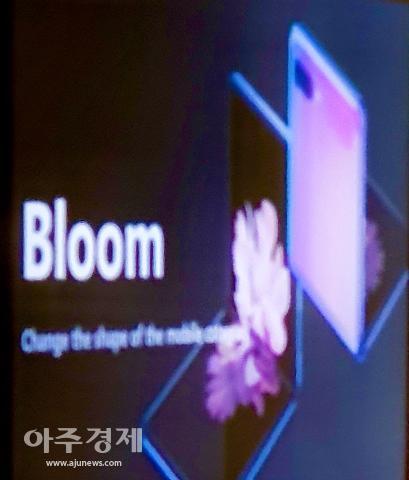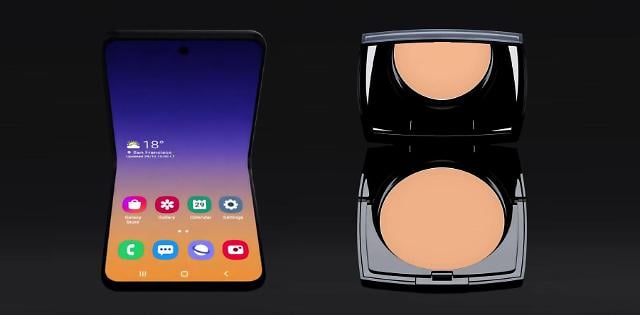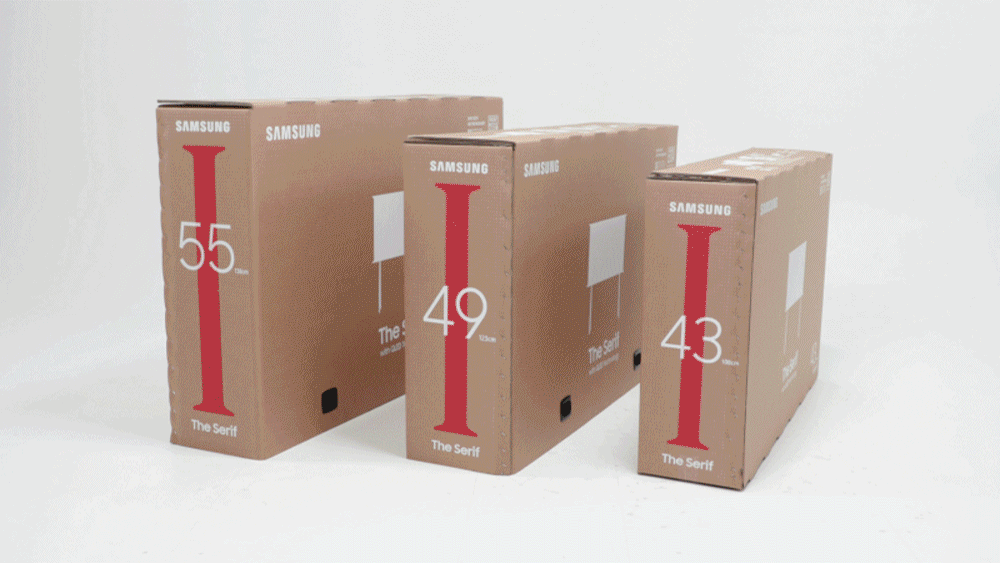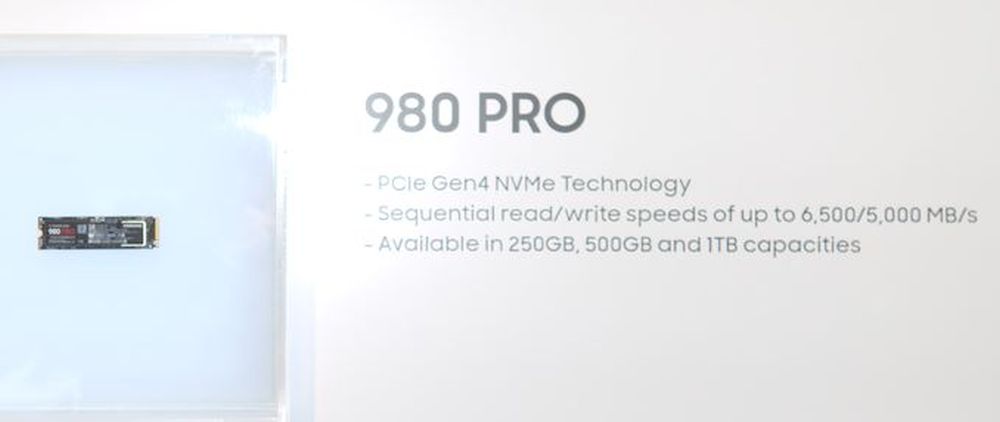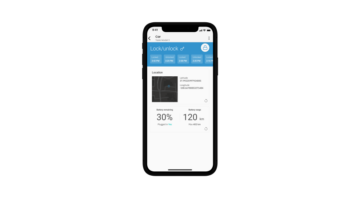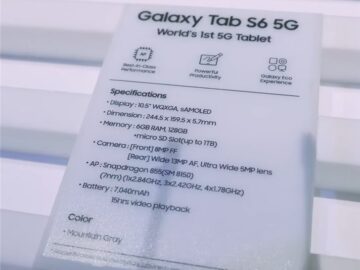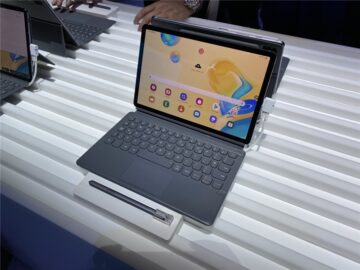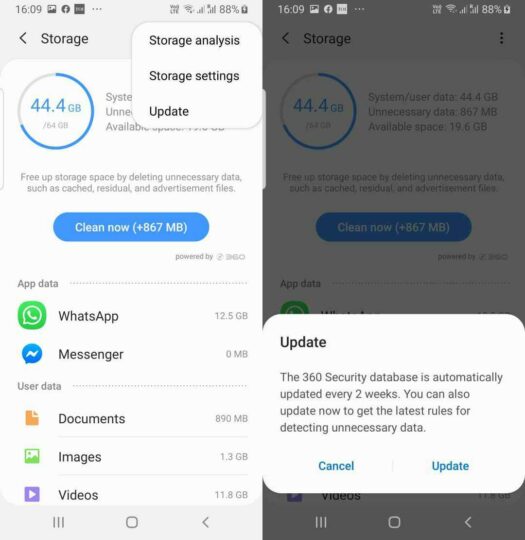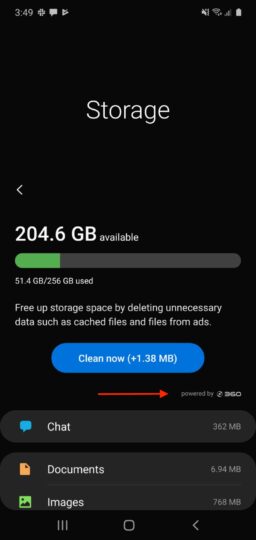It has been rumored for the longest time that Samsung has been developing its upcoming clamshell foldable smartphone under the codename “Bloom.” However, it appears that the company is actually going to call the device Galaxy Bloom.
Samsung reportedly revealed the name for its next foldable smartphone at a closed CES meeting with key partners. It also talked about the decision to use Galaxy S20 as the moniker for what many have been calling the Galaxy S11.
Galaxy Fold 2 will be launched as the Galaxy Bloom
According to a report out of South Korea, Samsung’s mobile division CEO DJ Koh talked about the company’s upcoming products at this exclusive CES meeting. The machine translation of the text suggests that Samsung is going to call its upcoming foldable smartphone Galaxy Bloom. The report does provide a reason why Bloom has been chosen as the name. It also includes an image of what appears to be a presentation slide with a render of the foldable smartphone and the Bloom name.
Koh actually explained that the Galaxy Bloom’s design has been inspired by the silhouette of the compact makeup powder from French cosmetics juggernaut Lancôme. The company will be going after a different demographic with this product. It’s planning to aggressively target women in their 20s which is why the product has a design that will feel familiar to them.
It was also confirmed during this meeting that the Galaxy S11 is indeed going to be launched as the Galaxy S20. Samsung apparently decided this in order to ring in the start of a new decade with a new marketing strategy for its devices. The new flagship models will be launched as Galaxy S20, Galaxy S20+ and Galaxy S20 Ultra.
Both the Galaxy S20 and Galaxy Bloom are said to have 8K video recording capability. Samsung has reportedly been working with Google on bringing 8K video streaming to YouTube. The video streaming giant is expected to enable 8K streams soon after these products launch. This solves another problem for Samsung. The company is increasingly pushing its 8K TVs but since there’s not a lot of content out there, most people don’t make the switch.
One of the simplest ways to address the chronic shortage of 8K content is to allow people to capture 8K video through their phones. With YouTube being one of the largest video platforms, many customers can get their money’s worth with an 8K Samsung TV as long as there’s native 8K content available on YouTube.
It’s important to mention here that Samsung almost always has a closed-door session for its key partners at CES. The news about Samsung working on a foldable smartphone first came from one of these meetings as well. So it’s quite possible that whatever this report claims is actually true. It mentions that both of these products are going to be unveiled at the Unpacked event which has already been confirmed for February 11, 2020.
The post Galaxy Fold 2 is called Galaxy Bloom, Samsung tells secret CES meeting appeared first on SamMobile.
from SamMobile https://ift.tt/303Nu7p
via IFTTT


